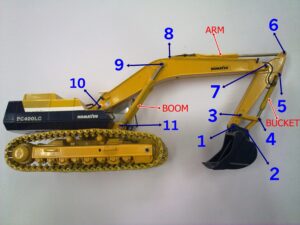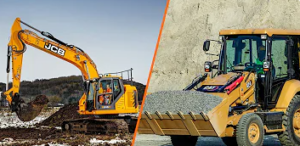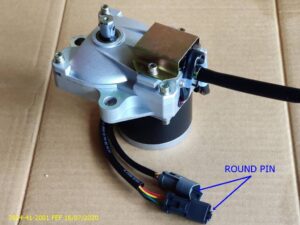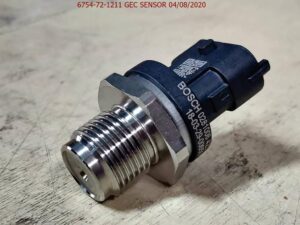The center joint in an excavator plays a crucial role in the connection and operation of the boom and arm, allowing for greater flexibility and movement. Here are five functions of the excavator center joint:
- Facilitates Boom and Arm Movement: The center joint connects the boom and the arm, allowing for independent or synchronized movement between these two components. This enables the excavator to reach and extend in different directions for digging, lifting, or placing materials.
- Enables 360-Degree Rotation: The center joint supports the rotation of the upper structure (including the boom and arm) around the undercarriage, contributing to the excavator’s ability to rotate fully (360 degrees) for more versatile operations without needing to reposition the entire machine.
- Transmission of Hydraulic Power: The center joint typically contains hydraulic hoses or lines that transmit power between the rotating and stationary parts of the excavator. This hydraulic power is essential for operating various boom functions, such as lifting, lowering, or extending the arm.
- Provides Structural Stability: The center joint contributes to the overall structural integrity of the excavator. It ensures that the boom and arm are properly aligned and supported during movement, preventing misalignment or damage that could occur under heavy loads or stress.
- Enhances Digging and Reach Capability: By allowing the boom and arm to work in tandem and move independently, the center joint enhances the excavator’s ability to reach and perform tasks in a wide range of positions and angles, improving efficiency in digging, loading, or other tasks at various depths and distances.
The center joint is crucial for the flexibility, functionality, and efficient operation of an excavator, allowing it to perform a variety of tasks with precision and power.




